

ജുലാ . 25, 2025 15:01 Back to list
The global recycling industry faces increasing pressure to efficiently recover valuable non-ferrous metals from complex waste streams. eddy current separator technology has emerged as a critical solution in this context, particularly for aluminium recovery applications. As industrial and municipal waste volumes grow exponentially, the demand for advanced eddy current non ferrous metal separator systems continues to accelerate globally.
Leading the industry since 2010, OW Technology specializes in developing cutting-edge separation solutions. Our eddy current separator technology recovers up to 99.5% of non-ferrous metals from waste streams, significantly reducing landfill volumes while recovering valuable resources.
Discover our advanced recycling solutions: Visit OWRecycling.com
Modern eddy current separator equipment has evolved significantly from early magnetic separation principles. Today's systems utilize alternating magnetic fields generated by rare-earth permanent magnets mounted on a high-speed rotor (typically rotating at 2,500-3,600 RPM). When conductive particles (like aluminium or copper) pass through this field, eddy currents induce a secondary magnetic field that repels the material from the conveyor stream. This fundamental physics forms the basis of all aluminium eddy current recovery systems.
The most significant advancements in recent years include:
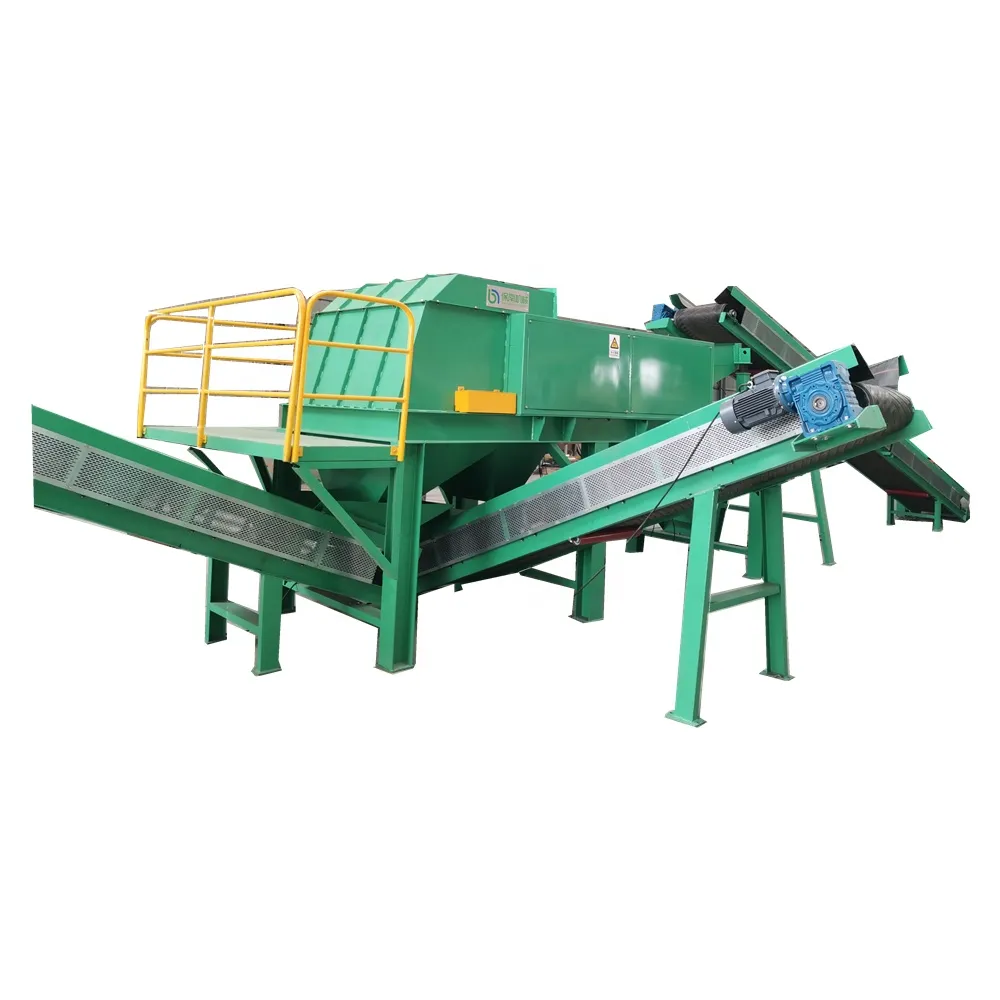
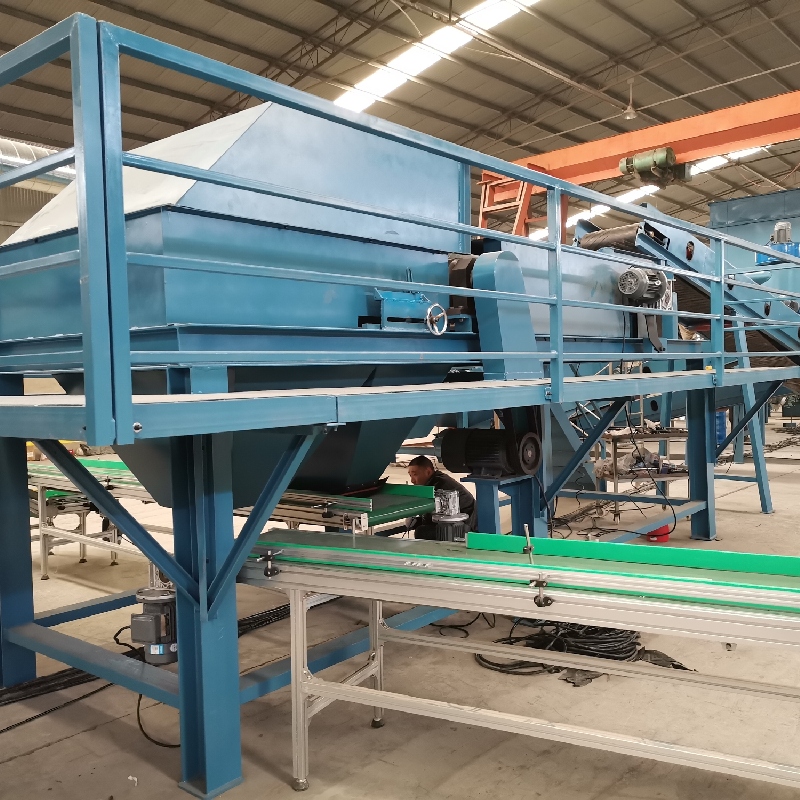
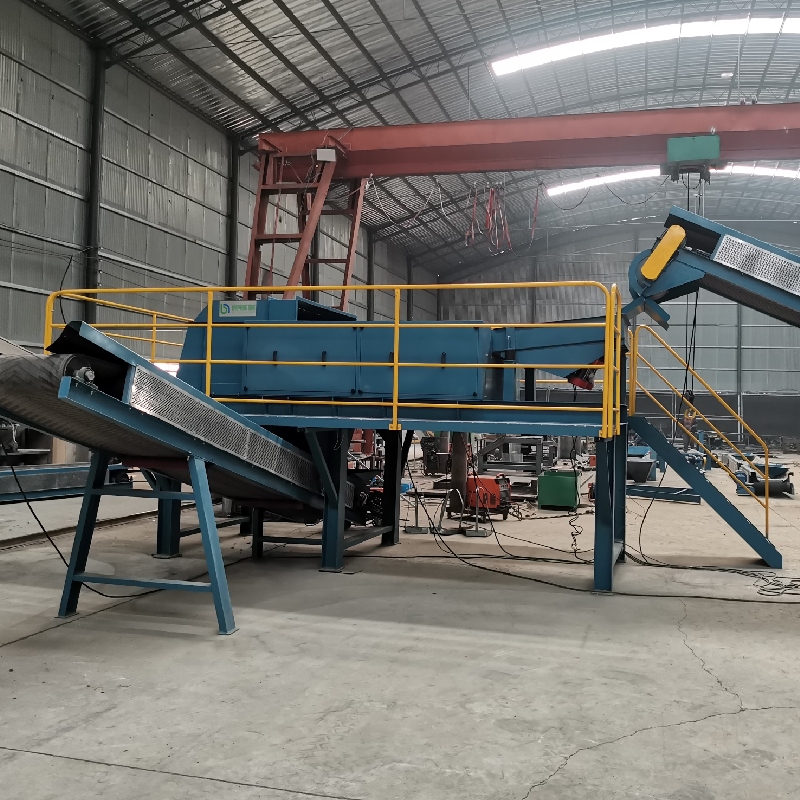
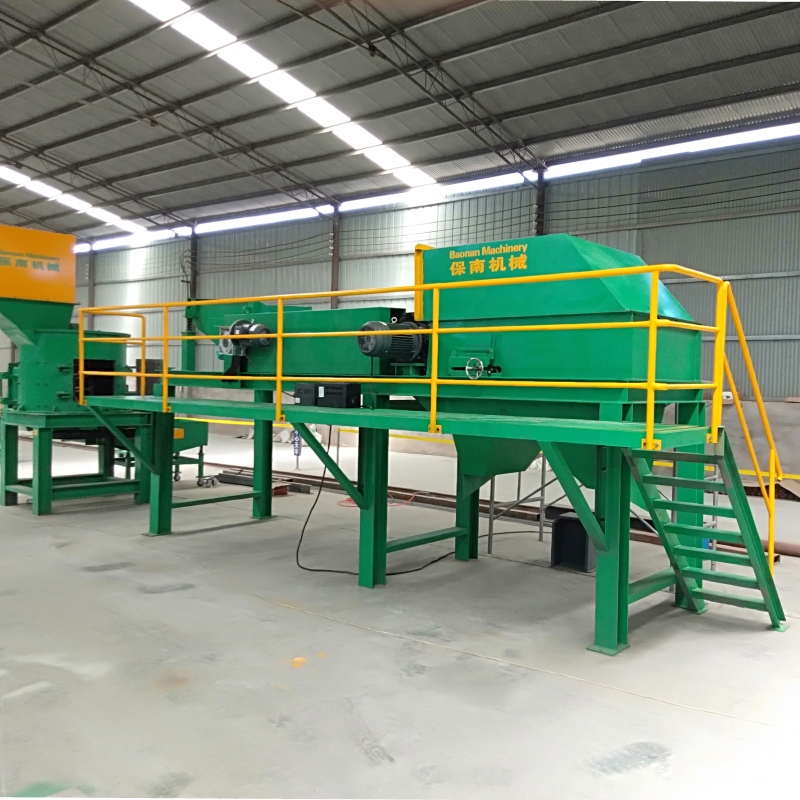
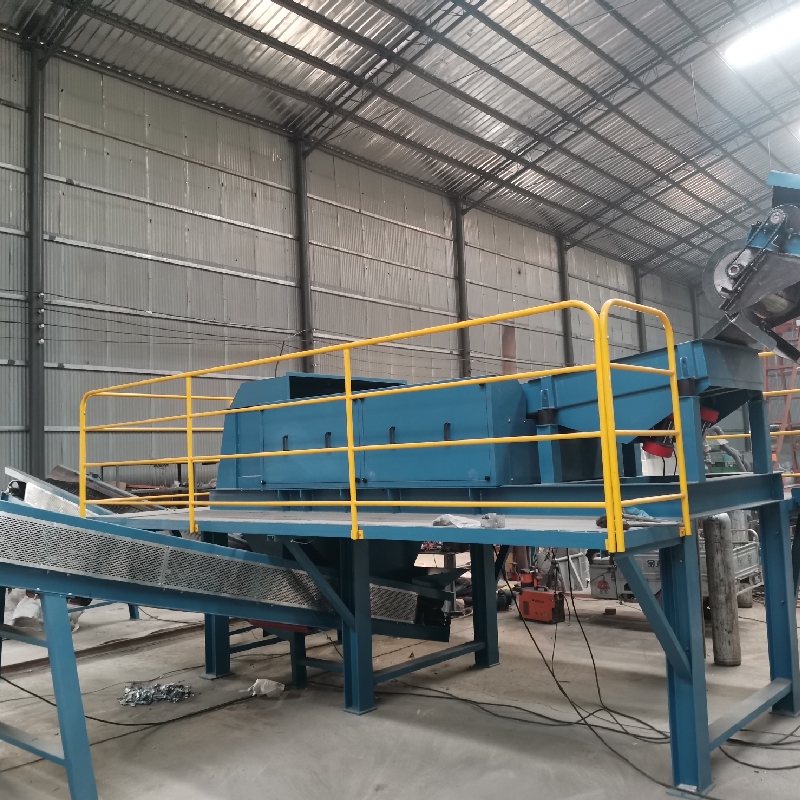
Understanding the technical specifications is crucial when selecting an eddy current separator. The table below compares standard performance parameters across the industry, incorporating the latest data on eddy current separator aluminium recovery systems:
| Parameter | Entry-Level | Mid-Range | Advanced Systems | OW Tech Premium |
|---|---|---|---|---|
| Throughput Capacity (tph) | 3-5 | 8-15 | 20-35 | 40-60 |
| Recovery Efficiency | 85-90% | 93-96% | 97-98.5% | 99-99.5% |
| Aluminum Purity | 85-88% | 90-92% | 95-97% | 98-99% |
| Power Consumption (kW) | 15-20 | 22-30 | 35-45 | 55-75 |
| Min. Particle Size | 3-5mm | 2-3mm | 1-2mm | 0.5-1mm |
| Rotor Speed (RPM) | 1,800-2,200 | 2,200-2,800 | 2,800-3,400 | 3,400-4,000 |
The following visualizations demonstrate key performance trends in modern eddy current separator technology. These metrics are critical for operations managers evaluating mobile eddy current separator options and conventional installations alike.
eddy current separator systems demonstrate remarkable versatility across numerous recycling applications:
Modern e-waste contains 15-20% non-ferrous metals by weight. The eddy current non ferrous metal separator recovers valuable copper, brass and aluminium from circuit board fragments and connector components. After shredding and size reduction, e-waste streams pass through eddy current separators positioned after magnetic separation stages.
Post-shredder residue contains approximately 8-12% non-ferrous metals. Eddy current separator installations recover up to 95% of aluminium components from vehicles, including engine blocks, transmission casings, and wheel rims. Mobile units process up to 15 tons per hour directly at scrap yards.
Advanced materials recovery facilities incorporate eddy current separator aluminium recovery systems after initial sorting stages. Current technology can recover beverage cans, aluminium foils, and packaging materials with 90-95% efficiency from mixed municipal waste.
High-grade eddy current separator rotors require military-grade neodymium magnets (N52 grade or higher) mounted on non-conductive, non-magnetic stainless steel drums (typically 316L). The protective casing must withstand impact forces exceeding 50J without deformation.
Installations must comply with IEC 60204-1 (safety of machinery), ISO 13849-1 (safety-related parts), and local electromagnetic emissions regulations (typically EN 55011 Class A). Minimum clearance zones of 1.5m on operational sides and 0.8m on non-operational sides are mandated for maintenance access.
Rotor speed (measured in meters per second surface velocity) directly correlates with separation efficiency. At optimal speeds (35-45 m/s), aluminium recovery exceeds 99% for particles >2mm. Below 25 m/s, efficiency drops below 85%. Advanced systems feature variable frequency drives allowing precise 0.1 m/s adjustments.
Essential maintenance includes bi-weekly magnetic field strength verification (±1% tolerance), quarterly bearing lubrication (high-temperature lithium complex grease), and annual rotor balancing (ISO 1940 G2.5 standard). Conveyor belt tension should be maintained at 120-140 N/m during operation.
Standard eddy current technology exclusively separates conductive non-ferrous metals. However, emerging technologies incorporate hyperspectral sensors and AI-assisted ejection systems capable of sorting specific plastics and composite materials after the metal separation stage.
Systems processing 15-20 tonnes per hour require three-phase power (380-480V AC) with 45-60kVA capacity. Larger systems (35+ tph) demand 90-125kVA installations. Premium units feature regenerative braking recovering up to 25% of power during rotor deceleration cycles.
Mobile units integrate diesel generators (150-300kVA), compact footprint designs (typically
OW Technology's eddy current separator represents the cutting edge of non-ferrous recovery technology. Our flagship model achieves separation efficiencies of 99.3% for aluminium particles ≥1mm, with throughput capacities up to 60 tonnes per hour – surpassing industry standards by 15-25%. Integrated smart controls automatically adjust parameters based on input material composition, reducing operator intervention while maintaining optimal performance.
Academic research consistently validates the efficiency of modern eddy current separator technology. A 2023 study published in Resources, Conservation and Recycling demonstrated aluminum recovery rates above 99% from mixed industrial waste streams using advanced eddy current systems. This represents a 35% improvement over 2015 benchmarks.
The global market for non-ferrous metal separation equipment is projected to reach $1.2 billion by 2028, growing at 7.2% CAGR. This expansion is primarily driven by tightening landfill regulations and rising scrap metal values.
1. International Solid Waste Association (2023). Global Assessment of Non-Ferrous Recovery Technologies. https://www.iswa.org/reports/non-ferrous-recovery
2. Recycling Today (2024). Aluminum Recovery Breakthroughs Using Advanced Eddy Current Separation. https://www.recyclingtoday.com/eddy-current-aluminum-recovery
3. Journal of Materials Processing Technology (2023). High-Efficiency Separation of Non-Ferrous Metals from Complex Waste Streams. https://www.sciencedirect.com/science/article/abs/pii/S0924013623001578
4. Institute of Scrap Recycling Industries (ISRI) (2024). Technical Specifications for Non-Ferrous Metal Separators. https://www.isri.org/standards/non-ferrous-separators
For detailed technical specifications and performance data on our industry-leading eddy current separator, please explore our comprehensive product documentation and arrange a demonstration of our separation technology.
Request Technical Specifications for OW Eddy Current SeparatorsLatest news
Troubleshooting Common Eddy Separator Problems
NewsJul.04,2025
The Role of Metal Recycling Plants in Circular Economy
NewsJul.04,2025
The Impact of Recycling Line Pickers on Waste Management Costs
NewsJul.04,2025
Safety Features Every Metal Shredder Should Have
NewsJul.04,2025
How Industrial Shredders Improve Waste Management Systems
NewsJul.04,2025
How Cable Granulators Contribute to Sustainable Recycling
NewsJul.04,2025